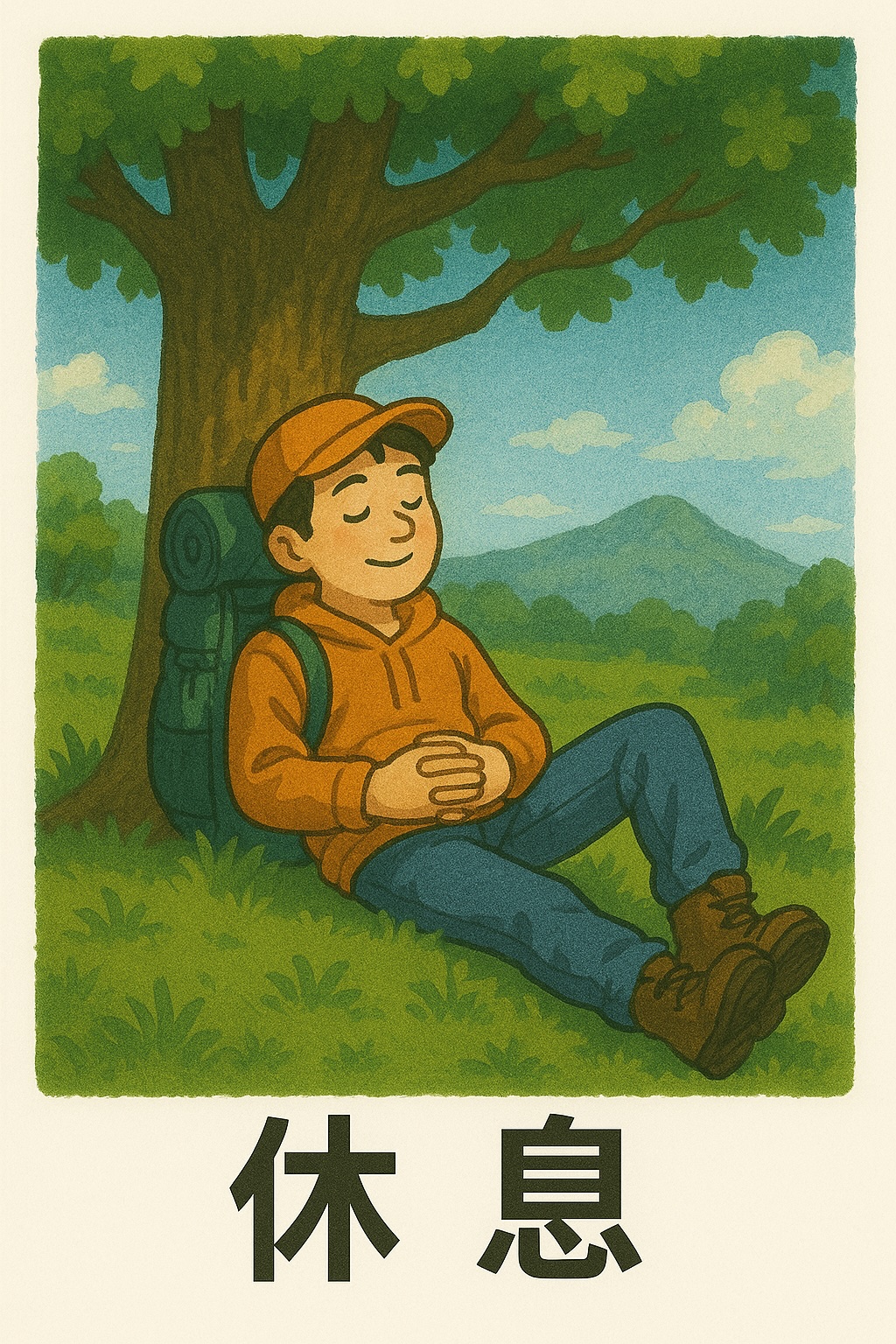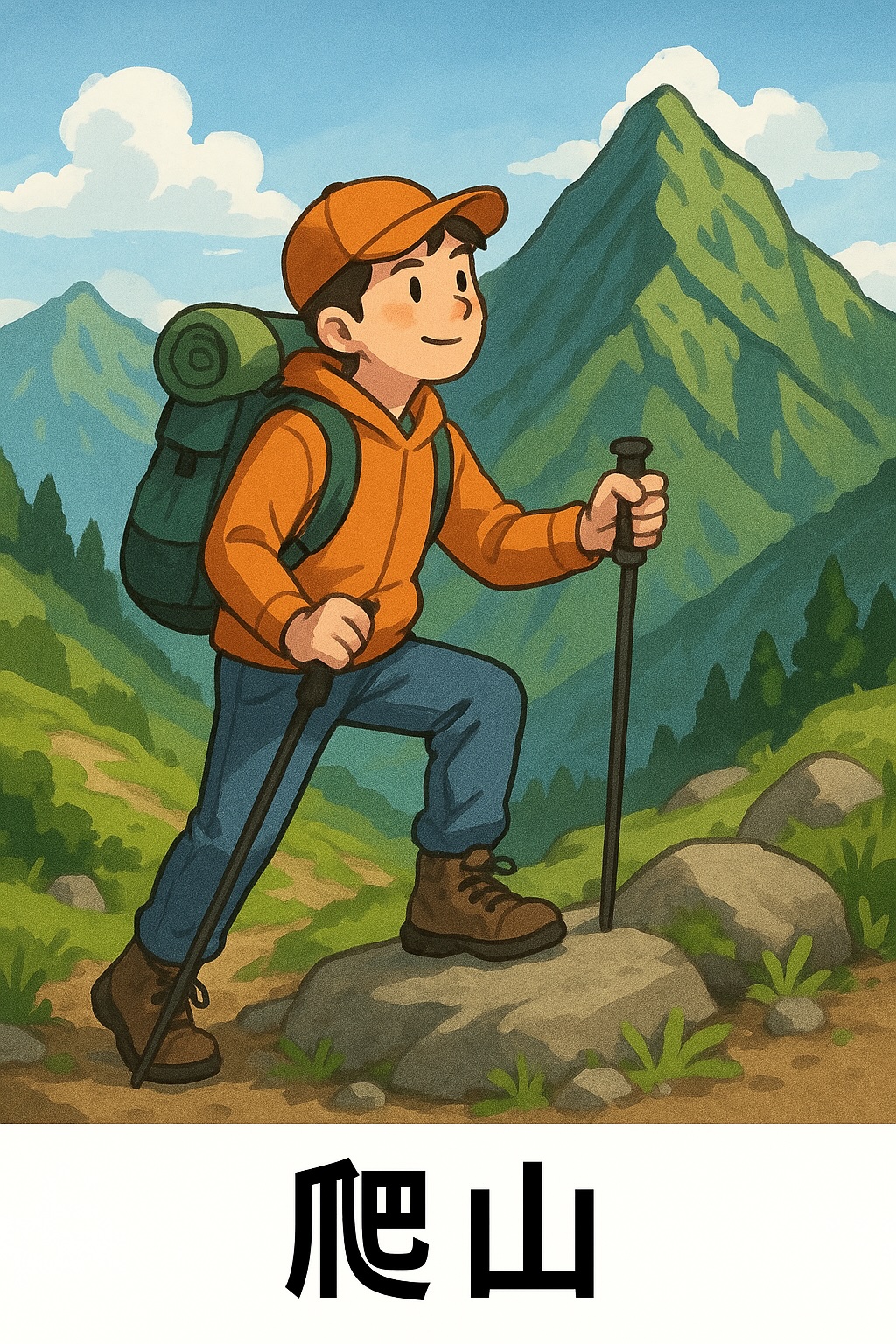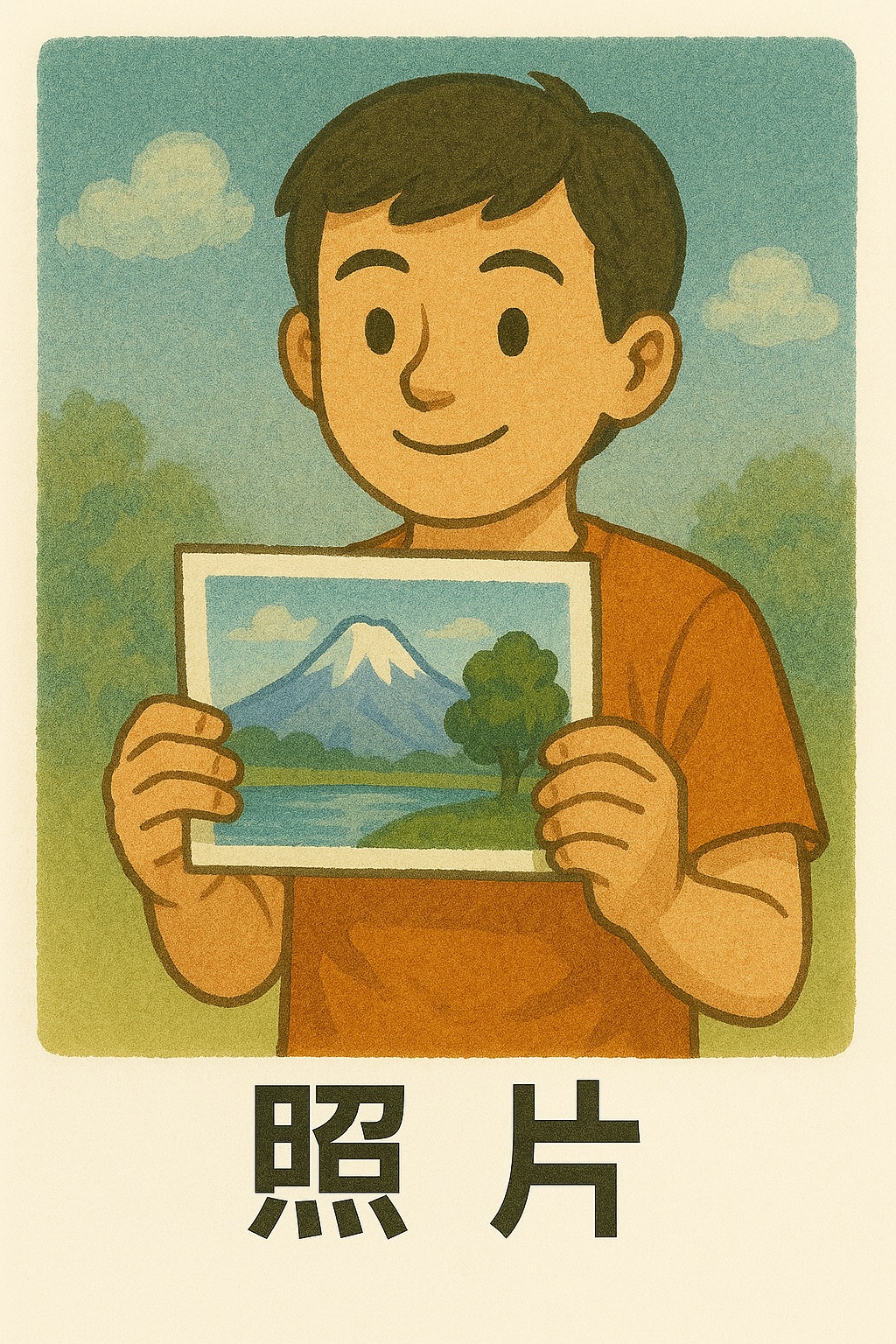You’ve probably heard about the new ChatGPT features and enhanced image generation. As you might guess from my previous posts, my first experiments were with Chinese learning. What works for me personally can also be valuable professionally in creating educational games and content. Previously, the main challenge in making flashcard images was achieving a consistent visual style and integrating it seamlessly with generated text. The new image generation feature addresses this quite effectively.
However, embedding Chinese characters directly into images didn’t always work well, as it slightly altered the characters. With Chinese characters, even a minor change can significantly impact readability.
On the bright side, I discovered an interesting side effect: the illustrations often contain details consistent with the strokes of the original characters.
For example, take 爬山, meaning “to climb a mountain.” The generated image vividly illustrates the action, and notably, the person’s pose closely resembles the character 爬. It’s not perfect, but it’s intriguing nonetheless.
Another example is 休息, meaning “to rest.” Here, the arrangement of the tree and person exactly matches 休, and the crossed hands and fingers reflect the structure of 息. Again, it’s not perfect, but remember, I didn’t spend much time refining the prompts.
 The last example is 照片, which means “photo.” — Well, here we can find some elements of 照 and 片, but I think I’m trying to overdo it already. :-).
The last example is 照片, which means “photo.” — Well, here we can find some elements of 照 and 片, but I think I’m trying to overdo it already. :-).
Another aspect I appreciate is the consistent style across these images. I used simple prompts to quickly test the feasibility and evaluate their potential for use in flashcards with minimal effort.
#learning #chinese #chatgpt #images #flashcards

